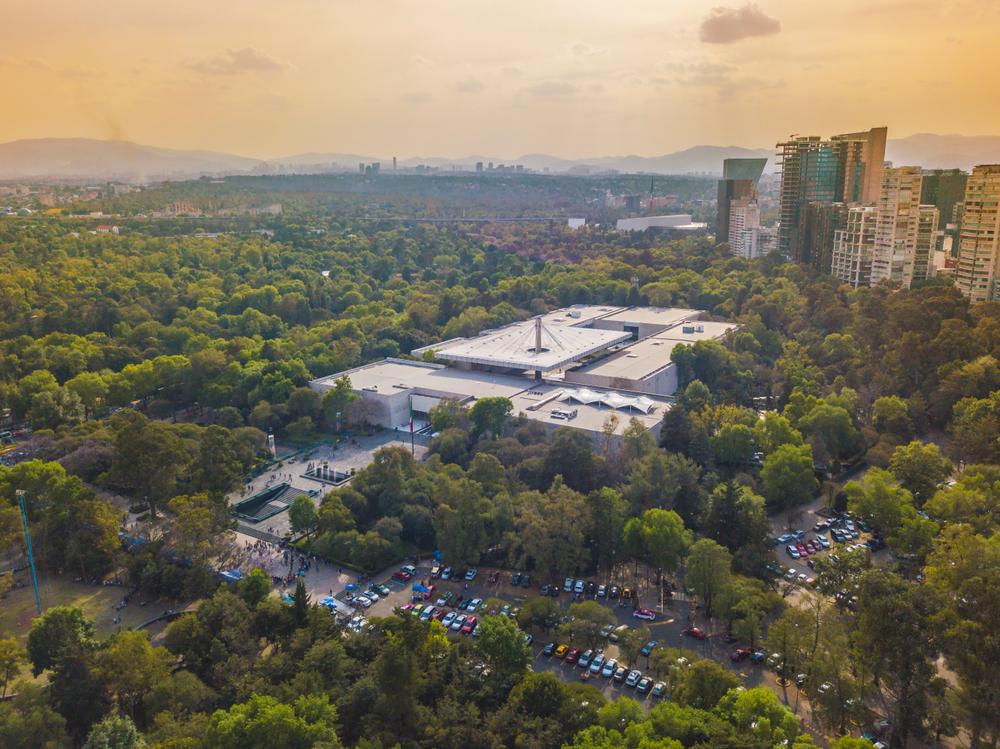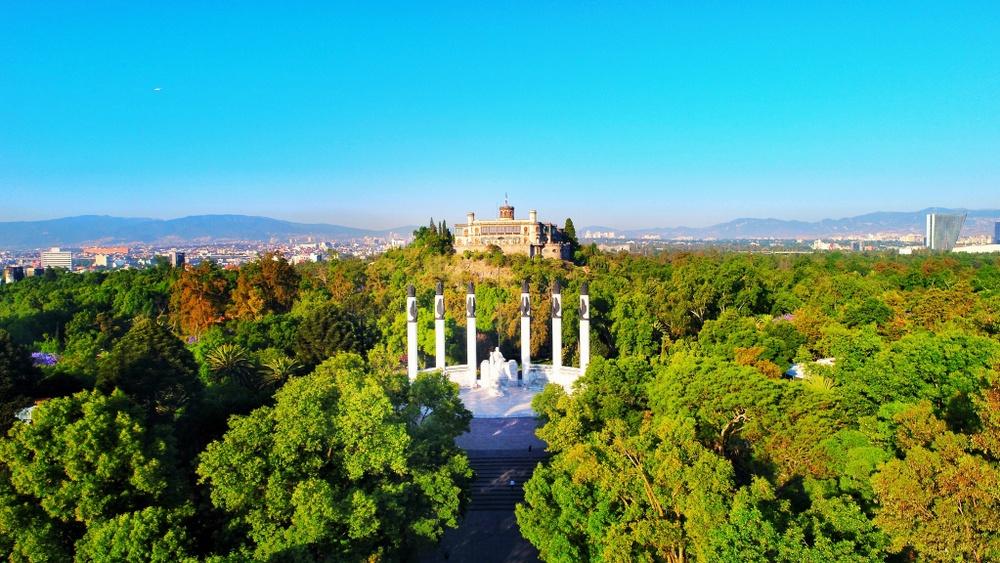Dia de Muertos
Dia de muertos is a traditional Mexican and Mesoamerican celebration that honors the dead and takes place on November 1st and 2nd.
The passage from life to death is an emblematic moment that has caused admiration, uncertainty and fear to mankind throughout history. Over the years, beliefs about death have been generated in different cultures, which have managed to develop rites and traditions either to scare it away, venerate it, honor it or even make fun of it.
One of the main aspects of the Mexican identity is the concept of life and death, and all the beliefs and traditions that revolve around it, as is the tradition of celebrating Dia de Muertos.
This tradition began as part of the religious syncretism of the colonial era, since during the pre-Hispanic stage the cult of death was very present throughout Mexico.
In this day, families from all over the country gather to bring offerings to the deceased, which have a meaning and motive that consist of the placement of an altar covered with cempasuchil petals, photos of deceased loved ones, as well as their favorite food and drinks.
The ritual of the offering begins on the night of October 31st with the placement of the altar, which receives the souls of children who arrive on November 1st; the next day the souls of adults arrive, and the offerings must be withdrawn on November 3rd.
The altars where the offerings are located usually consist of one or two levels, which symbolize earth, heaven and the purgatory; but there are traditions in which the altars have up to 7 levels which represent all the stages that the soul goes through before achieving eternal rest.

The meaning of the offerings:
Cempasuchil flowers:
Help the deceased to find their way to the offering, thanks to their color and scent.
Velvet flowers:
Symbolizes the duel of the loss.
Candles:
They must be white and symbolize the purity of the dead. The light helps souls find their home and their return to the afterlife.
Sugar Skulls:
They represent the deceased, and must have their name on their foreheads.
Photographs:
A memory of the dead in life.
Water:
Quenches the thirst of the deceased, purifies their soul and gives them strength to return to the afterlife.
Pecked paper:
It represents the air, one of the four elements that must always be present in the offering.
Incense:
It repels evil spirits.
Food:
Part of the tradition is placing the deceased’s favorite food or drink.
Salt:
It prevents the soul from being corrupted on its way back to the afterlife and ensures its return the following year.
Pan de Muerto:
Represents the deceased.
The cross:
It brings a religious meaning to the veneration of the dead.
The bedroll:
It serves as a resting place for the deceased.
Sweets:
They entertain the souls of children.
This is how Dia de Muertos was celebrated at Oasis Hotels & Resorts.


Related Posts:Dia de Muertos
Continue informing yourself...

Historic Center of Puebla

National Museum of Anthropology

Castillo de Chapultepec
